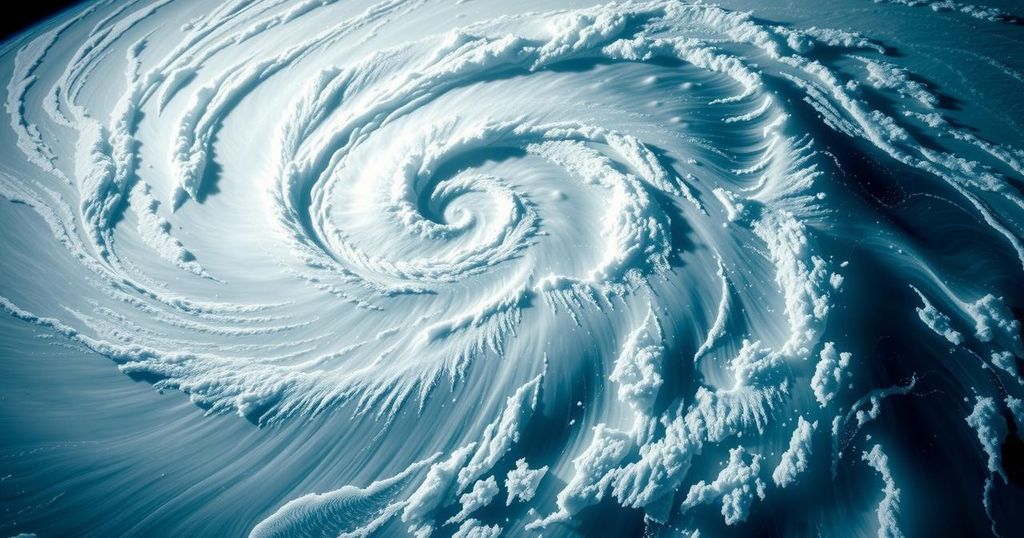Hurricanes, or tropical cyclones, form from tropical waves in warm ocean waters. A combination of low atmospheric pressure and rising moist air leads to storm development, fueled by heat release during condensation. The Coriolis effect causes their characteristic rotation, with significant potential for destruction when reaching land. Understanding these processes aids in prediction and preparedness for hurricane impacts.
Hurricanes, scientifically known as “tropical cyclones,” are significant weather systems that arise from a specific combination of atmospheric and oceanic conditions. They typically begin with a tropical wave, an area of low atmospheric pressure that emerges off the African coast and moves westward through the tropics. This phenomenon occurs when hot air from the Sahara Desert meets cooler, humid air from central Africa, often leading to the formation of thunderstorms.
The development of hurricanes is heavily reliant on warm ocean waters. When a tropical wave traverses waters that exceed a temperature of 26.5°C (about 80°F), the warm, moist air begins to ascend rapidly. The rising air creates a lower pressure zone at the surface, prompting surrounding air to rush in, also heated and humidified, continuing the cycle of uplift.
As the moist air ascends, it cools and condenses, forming clouds and releasing latent heat, which further enhances the storm’s intensity. This iterative process eventually leads to the formation of towering cumulonimbus clouds. A hurricane is classified as a tropical cyclone once the wind speeds exceed 74 mph, signaling a transition from a mere storm to a formidable cyclone.
The rotation of hurricanes is attributed to the Coriolis effect, a result of the Earth’s rotating motion. Winds travelling towards the equator experience a centrifugal force that causes them to curve, resulting in a swirling motion. In the Northern Hemisphere, this results in a counterclockwise rotation of the storm, whereas in the Southern Hemisphere, the rotation is clockwise, with the eye of the storm situated at its center.
Hurricanes derive their energy from warm ocean waters and can continue to strengthen and grow as long as they remain over these heated surfaces. Once they make landfall, the lack of warm water leads to a degradation of strength and can cause significant rainfall, flooding, and destruction as they dissipate.
Understanding the formation of hurricanes is essential, as these storms are among nature’s most powerful phenomena. This knowledge provides insight into meteorological processes and assists in predicting and preparing for hurricane events. By analyzing the various stages of formation, from tropical waves to the maturation of cyclones, scientists can develop better forecasting methodologies to mitigate the devastating impacts of hurricanes on affected communities. Each stage of development is crucial in determining both the intensity and potential path of the storm.
In summary, hurricanes represent one of the most potent displays of Earth’s meteorological dynamics, arising from a specific set of conditions, including warm ocean waters and the interplay of atmospheric pressures. The Coriolis effect plays a critical role in their rotation, making understanding their formation vital for predictions and safety measures. As these storms gather strength over warm waters, their potential for destruction increases, underlining the importance of early warning systems and comprehensive disaster preparedness.
Original Source: www.pbs.org






